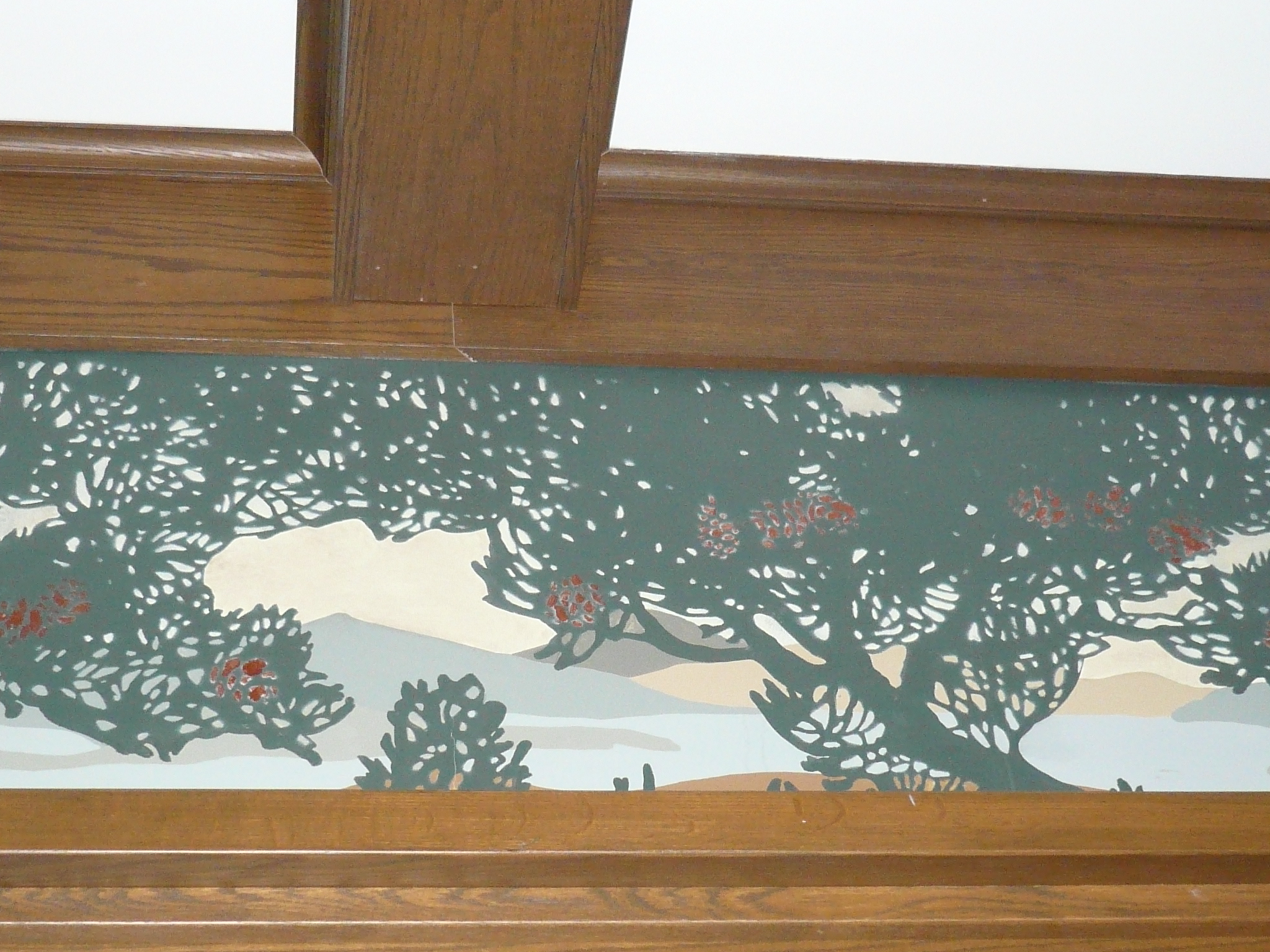A frieze is a linear repeated decorative pattern, with a geometrical or natural design.
Friezes serve several purposes in the decorative art: completing ornate rooms with sophisticated patterns,
or bringing in a specific theme as a focus point to a decor.
In a minimalist setting, a frieze can be welcome to stress its architectural element, such as by underlining ceiling lines or framing a door.
It contributes to dividing and warming up an interior. In the twenties, wide friezes at the top of walls representing landscapes or stylized patterns were very much in vogue.
These vistas or designs aimed at opening up spaces, and replaced more invading wallpapers. The use of such wide friezes is perfect in children rooms to illustrate a narrative, leaving the rest of the wall space available for more designs or furnishings.
Speaking of narrative, scrolls or banners on monuments, bearing dates and major public events, can be replicated at home with friezes stamping important family dates and memories, to personalize one’s home.
Friezes also replace moldings as a finishing touch: to break for instance the expanse of a wall, two colors are used horizontally, delineated at man’s height or at the chair rail level with a simple frieze.
Exterior friezes work also wonderfully: under the eaves of a roof for example or as a window surround, they soften a façade and bring it originality.
A frieze is a decorative accent and does not need to be complicated or invasive to do marvels.

















